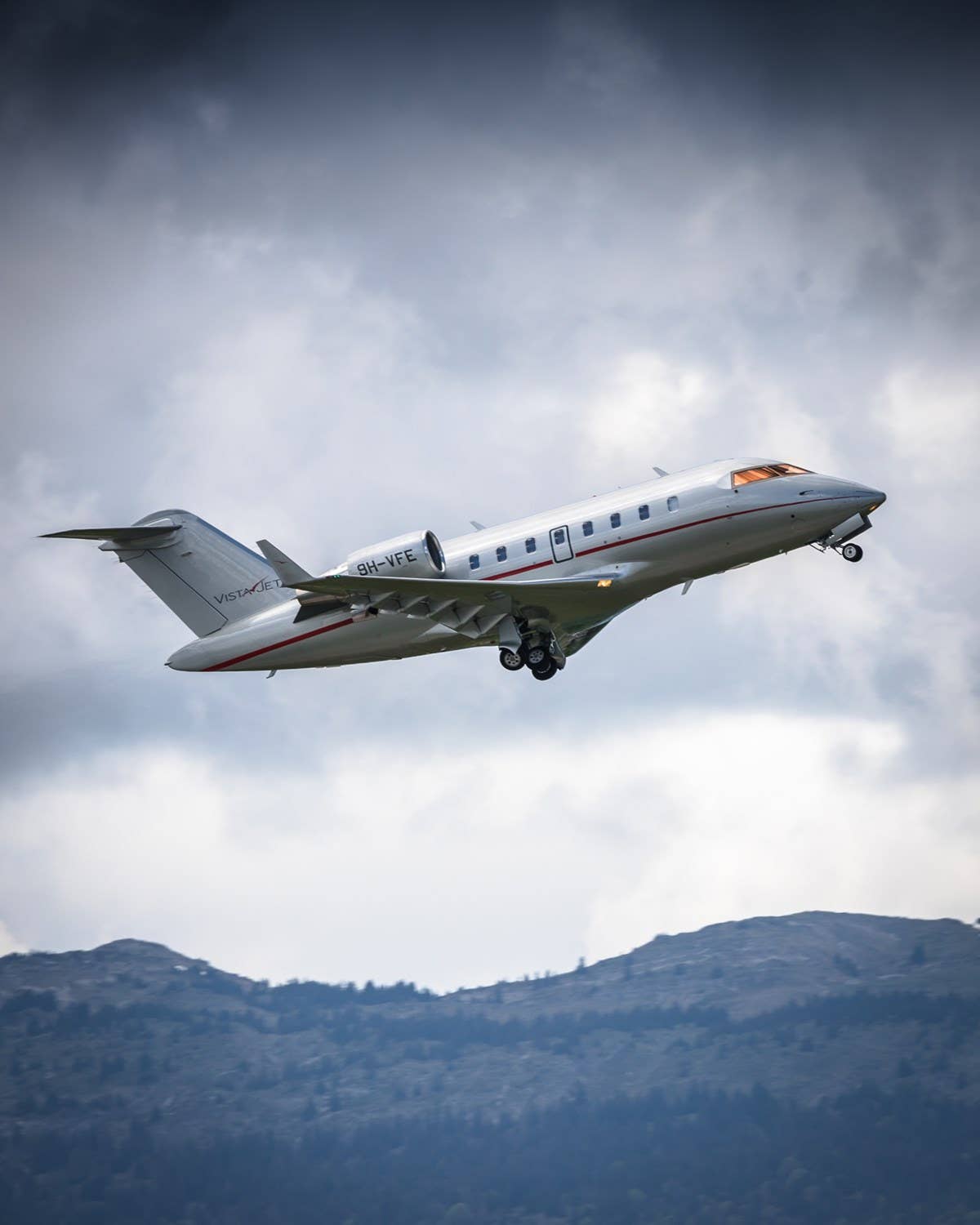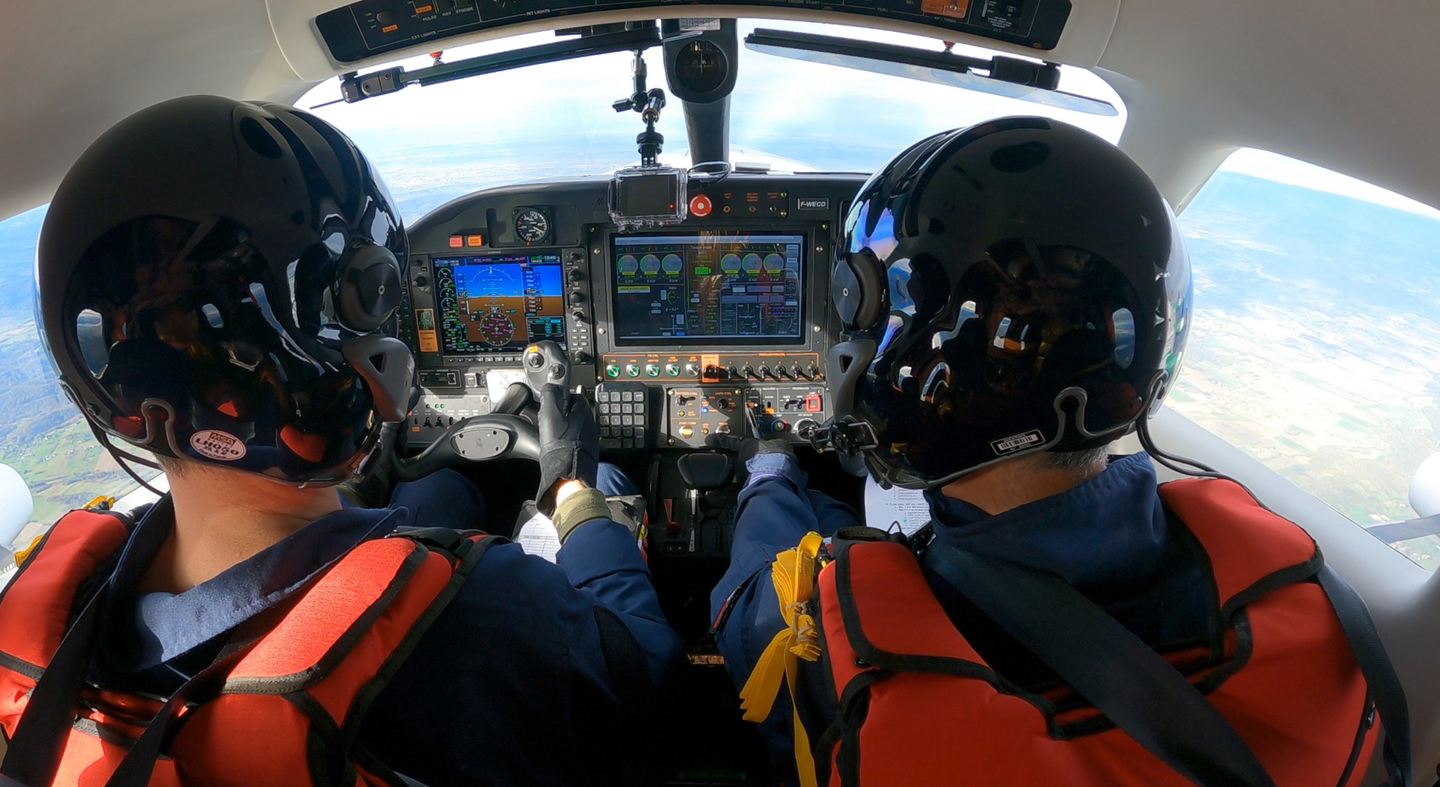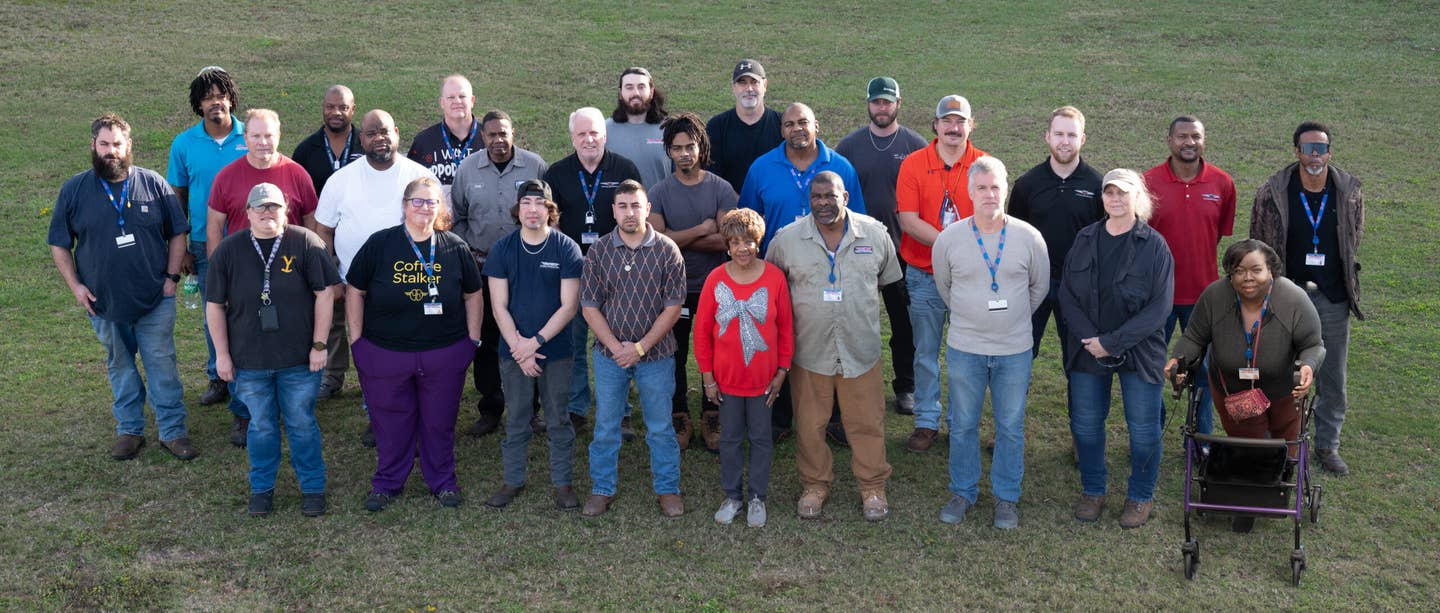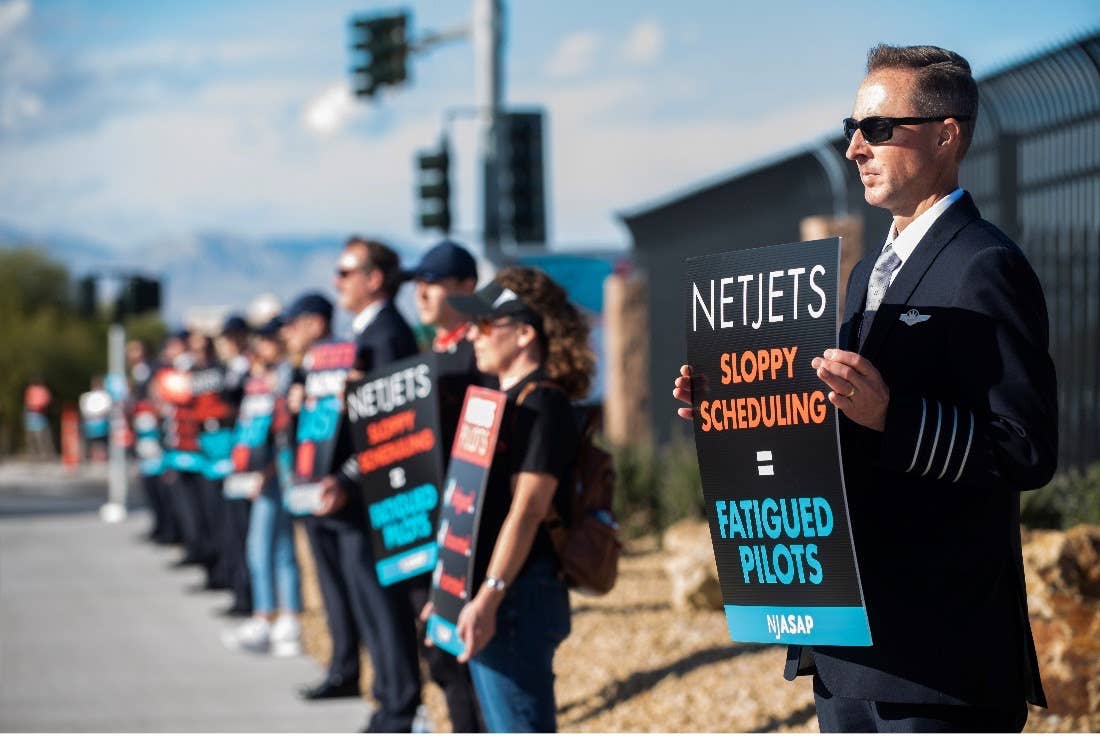The Aviation Industry Must Address the Plight of the Mechanic
The effects of the pandemic, coupled with inflation, and lost or slowed wage gains, sounds an alarm that should be heeded.
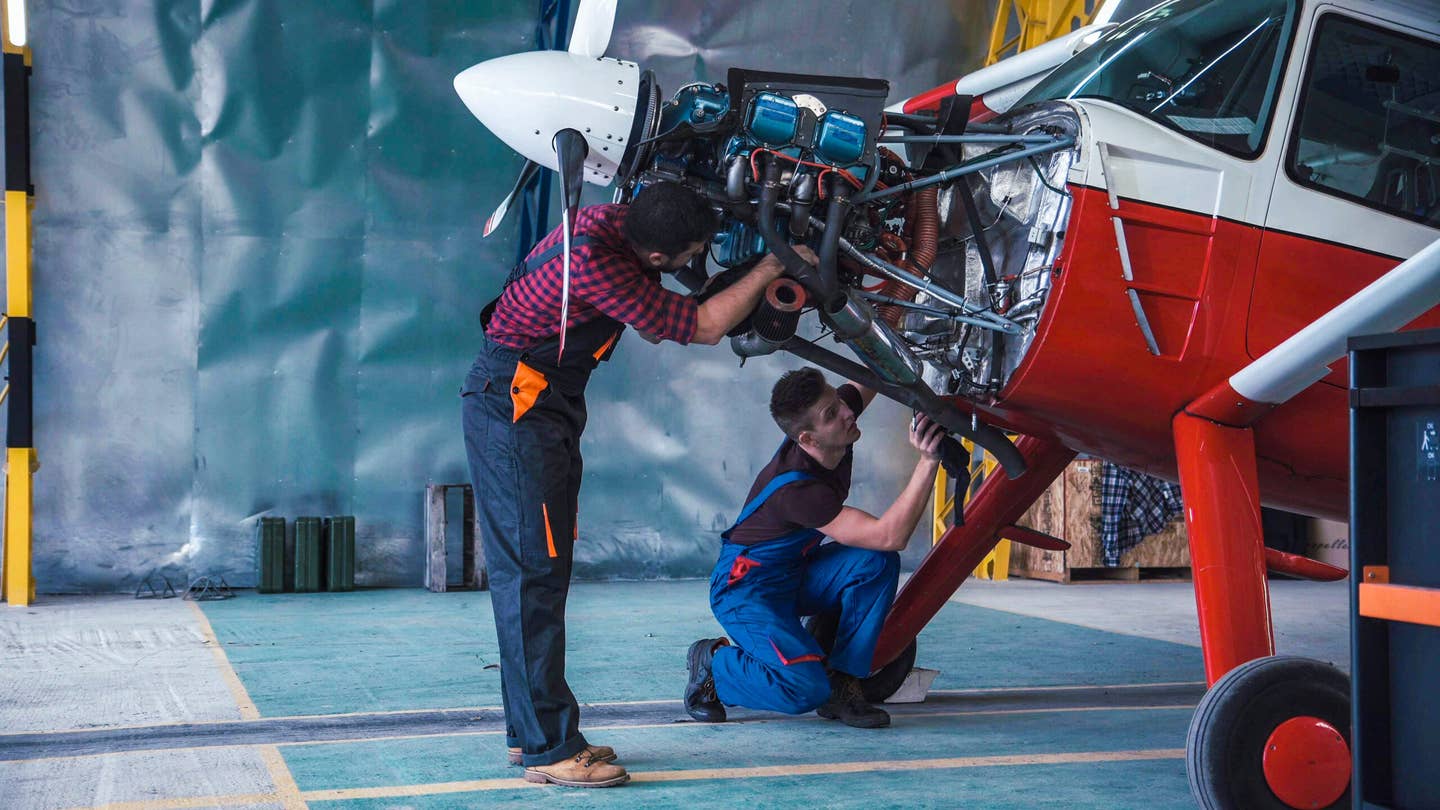
A lack of qualified airframe and powerplant (A&P) technicians could halt the complete rebound of the aviation industry. [File photo: Adobe Stock]
A report from the Aviation Technician Education Council (ATEC), a group that tracks the talent pipeline for aviation technicians, estimates that commercial air transport passenger traffic will rebound between 2023 and 2024. Recent TSA passenger data corroborates that, showing that as of April 19 this year, the 1.9 million passengers that passed through checkpoints across the U.S. represented 88 percent of people who traveled at the same time in 2019, when travel was at an all-time high.
Yet, amid the rebound in travel, unless the industry finds a way to address one particular problem, an insufficient talent pool of qualified airframe and powerplant (A&P) technicians could halt the complete rebound.
The problem? Aviation technicians have faced lost or slowed wage growth since the beginning of the COVID-19 pandemic.
“…unless wages grow faster for mechanics or economic conditions begin to improve, even qualified mechanics might start considering their different options...”
Before the pandemic, Boeing (NYSE: BA) predicted a need for 769,000 new maintenance technicians by 2039 to maintain the world's fleet. This number accounted only for commercial aviation, business aviation, and civil helicopters. The report said the industry's ability to find these skilled professionals would mainly depend on shoring up a talent pipeline to replace retirements, layoffs and furloughs, and attrition. The report couldn't predict or account for the lost wages that aviation mechanics already in the industry would encounter because of disruption caused by the pandemic and a variety of contributing factors that now linger and threaten recruitment or retention efforts.
Economic Forces at Play
While the unemployment rate is now at a historic low of 3.6 percent, the rate at which technicians’ wages compare to the rest of the economy's demands is troubling. The biggest culprit is inflation. In the past 12 months, the consumer price index has increased by 8.5 percent, virtually erasing work wages gains.
For context, aircraft technicians took home an average of an extra 3.5 percent of their hourly wages from May 2019 to May 2021, according to the Bureau of Labor Statistics. Still, at the same time, the price of consumer goods climbed 4.5 percent, creating a wage deficit. So, with consumer prices nearly double that 2021 high, A&Ps could struggle to make ends meet—unless the industry focuses its attention on addressing this issue.
What do Aviation Maintenance Technicians Make?
ATEC's report said the entry-level hourly rate for an A&P was $22.36. A non-certificated technician makes an average of $16.93. Aircraft and avionics equipment mechanics and technicians made about $32.06 an hour. Overall, the starting salary for Aircraft Maintenance Technician Schools (AMTS) alumni with A&P (and possibly IA) certificates was $46,508 and offered lifetime earnings worth half a million dollars. The Bureau of Labor estimated that as of May 2021, the median annual wage for aircraft mechanics and service technicians was $65,380, with the lowest 10 percent earning less than $38,270, and the highest 10 percent earning more than $98,590.
Airline maintenance technicians tend to make more in hourly wages, averaging $42. They also get benefits that most small repair stations or OEMs can't offer, such as travel or tuition-reimbursement programs. As one technician told FLYING back in January, this has led to a glut of qualified mechanics at local stations.
No Wiggle Room
Besides the state of the economy, other factors are worsening the workforce's wages, like the cost of education or insufficient employment benefits to match the needs of employees.
Even with the early disruption of the pandemic, there was an uptick in enrollment and diversity of aviation technicians at colleges in 2021. But there's a rub. The ATEC said that the average cost to complete an A&P program was $16,321 and that this didn't seem like a barrier to entry for potential students.
Students who enroll in public AMTS programs for an A&P certificate paid, on average, $9,851, compared to $35,492 in a private program. When combined with an associate degree, that jumped to $12,327 and $42,698 respectively.
However, private schools were responsible for more than half of the A&P enrollments.
“As a whole, private school enrollment increased by 20 percent last year, compared to 9 percent increased enrollment for public schools,” the report said. So, even with cheaper options available, students have been increasingly enrolling in private schools to earn maintenance certificates that come at three times the cost of cheaper options.
At the same time, there is a growing number of students with student loan debt, which also affects wages. In a 2020 congressional hearing focused on improving the aviation maintenance workforce, Dr. Sharon DeVivo, president of Vaughn College—one of the largest aviation maintenance program providers—said there was a need for strategic efforts to not only attract students to enroll in maintenance programs but also to make them more affordable.
"The average debt load for a student pursuing aviation maintenance is about $17,500," DeVivo said. This may not seem like much, but, she said, "many of our families do not qualify for a PLUS loan because of their credit scores or lack of credit, and they have to turn to the alternative loan market, where the interest rates are much higher."
In other words, unless wages grow faster for mechanics or economic conditions begin to improve, even qualified mechanics might start considering their different options—and that's just considering inflation and the cost of education.
Here's a final number: ATEC's 2021 report indicates that even though 66 percent of graduates from AMTS programs had job offers, 23 percent of those graduates took jobs outside aviation—in 2019, only 8 percent of them did.
So What Now?
How can the industry stave off this crisis? For one, hopefully, inflation cools off. Otherwise, there will be a need for a more extensive report to fully explain the effect each element of the issue has on wage growth—but leaders would do well to pay attention to recruiting and retaining their workforce.
Altogether, unless the industry figures out a way to improve wages or offset costs, it will have to contend with trying to slow the rate at which even qualified technicians are leaving the sector.

Sign-up for newsletters & special offers!
Get the latest FLYING stories & special offers delivered directly to your inbox


